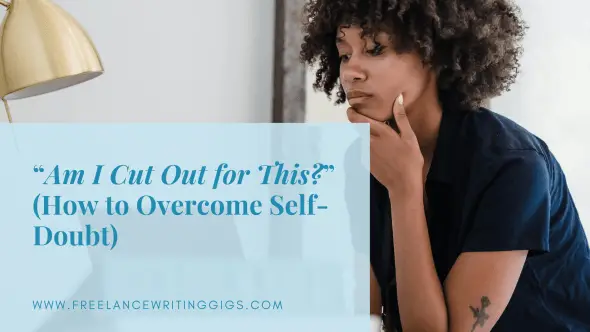Pond Liners Explained: Types, Benefits, and Installation Tips
Pond Liners Explained: Types, Benefits, and Installation Tips,

The eye appeal of a garden pond cannot be overemphasized. The peaceful gurgle of water, the splash of color of koi, and the serene reflection of the sky can make any backyard an oasis of peace. The secret to any good pond, however, large naturalistic feature or small quaint pond liner, is how effectively it holds water. It is here that pond liners are employed, creating the waterproofing layer that brings aquatic fantasies into existence. Familiarity with the various types, their inherent strengths, and above all installation guidelines is most crucial to someone embarking on a pond project.
Types of Pond Liners
In case planning a Pond liner near me, a number of materials will likely come to mind, each offering its own characteristics. The most popular forms are EPDM (Ethylene Propylene Diene Monomer) rubber, PVC (Polyvinyl Chloride), and RPE (Reinforced Polyethylene). EPDM has no problem tracking out irregular shapes, so it is easy to install, and has excellent UV resistance and extreme temperatures for a long lifespan. While better suited to smaller, less demanding applications, they can be perforated and degrade through UV exposure in the long term, and their low-temperature flexibility can be compromised. RPE, on the other hand, is lightweight but incredibly resilient with very good tensile strength and puncture resistance. It is usually reserved for larger, more demanding applications due to ruggedness and suitability for use in large sheet form. Each material possesses a unique range of cost, longevity, and installation ease, appropriate to project scale and budget.
Benefits of Having a Pond Liner
The final benefit of a pond liner is, of course, not losing water into the ground. Without a good liner, your pond would be lost in the ground and all your time and money spent would be for nothing. Beyond its inherent purpose, quality liners have several secondary advantages. They create a nontoxic, sanitary environment for aquatic flora and fauna, maintaining fish and plant health. The flat surface of a liner is easier and cleaner to have than a soil floor, with no sediment settling and clearer water. Furthermore, a well-installed liner offers more design flexibility in pond construction. You are not limited by the natural porosity of the ground, so you can shape deep recesses, plant shelves for water plants, and various contours without concern. To those who are evaluating others like Lowes pond liner, the knowledge of such easy benefits helps them choose the ideal investment.
Pre-Installation Preparation
Before ever unrolling your pond liner, proper site preparation is crucial. The first step involves excavating your pond to the desired shape and depth, ensuring all edges are level. Once the excavation is complete, it's vital to remove any sharp objects – rocks, roots, or debris – that could potentially puncture the liner. After clearing, create a smooth, compacted base for the liner. Unless otherwise indicated, a specially designed stabilizing fabric, most experts recommend should be overlaid with a layer of sand or, preferably, a geotextile underlayment. These kinds of protection fabrics are provided by firms like Singhal Landscape Geotextile that serve as a vital cushion between erosive subgrade and sensitive liner, greatly extending its lifespan and below-grade puncture protection. The underlayment acts much like a cushion, distributing pressure and safeguarding your investment.
Installation Tips for Pond Liners
Laying a pond liner, particularly a big one, is typically a task for two men, if not more. Begin with spreading the liner out as gently as possible and placing it over the dug-out space. Let the liner sag into the shape of the pond naturally, with no pulling and tugging that would give the material too much tension. When you fill the pond with water, water pressure will force the liner downwards into place, fitting itself to the excavation shape. Iron out big wrinkles as you fill the pond, starting in the center and moving outwards. When the pond is full, let the excess liner material along the edges sit for a day or two. This enables the liner to settle fully. After installation, the excess can be trimmed back to have enough to provide an overlap for solid anchorage, normally by laying it under rocks, gravel, or lawn to create a natural edging. This final process should be done both visually and to set the liner firmly into position.
Conclusion
The appropriately chosen, properly fitted pond liner is the key to any successful water feature. Through having insight into properties of differences between EPDM, PVC, and RPE, understanding the different benefits besides water retention, and adhering to preparation and installation steps with care, you set the stage for a healthy aquatic environment. Whether designing a scenic Small pond liner for a secluded retreat or a bold show-stopping feature, the longevity of your liner and the precision of your installation, oftentimes supplemented by products by masters like Singhal Landscape Geotextile, will identify the long-lasting and sophistication of your aquatic retreat. Spend time and effort up front in this critical part of your project and you'll find years of bliss out of your own private paradise.
FAQ
Q: What is the lifespan of different pond liner materials?
A: Pond liner materials can last a long time, but the life span varies by material. EPDM rubber is by far the most durable material and it can last 20-30 years or longer, if properly installed and maintained. RPE liners also has great durability and will last 20+ years. PVC liners on the other hand, are the least durable at a typical life span of 10-15 years because they experience degradation from UV light and become brittle due to aging.
Q: Who is the largest manufacturer of Pond Liner?
No one "best" manufacturer controls all the world\'s pond liner making, rather, there is a chain of large and many localized manufacturers. However, Firestone had been, and is, an industry leader since then, with their PondGard EPDM pond liner, which is one of the leading producers in the world. Other leading producers are a string of companies globally, producing a range of PVC liners, RPE liners, HDPE liners and other types of pond liner making. Some examples include Indian companies, like Singhal Landscape Geotextile, which is a popular source for a range of geotextile and pond liner products.



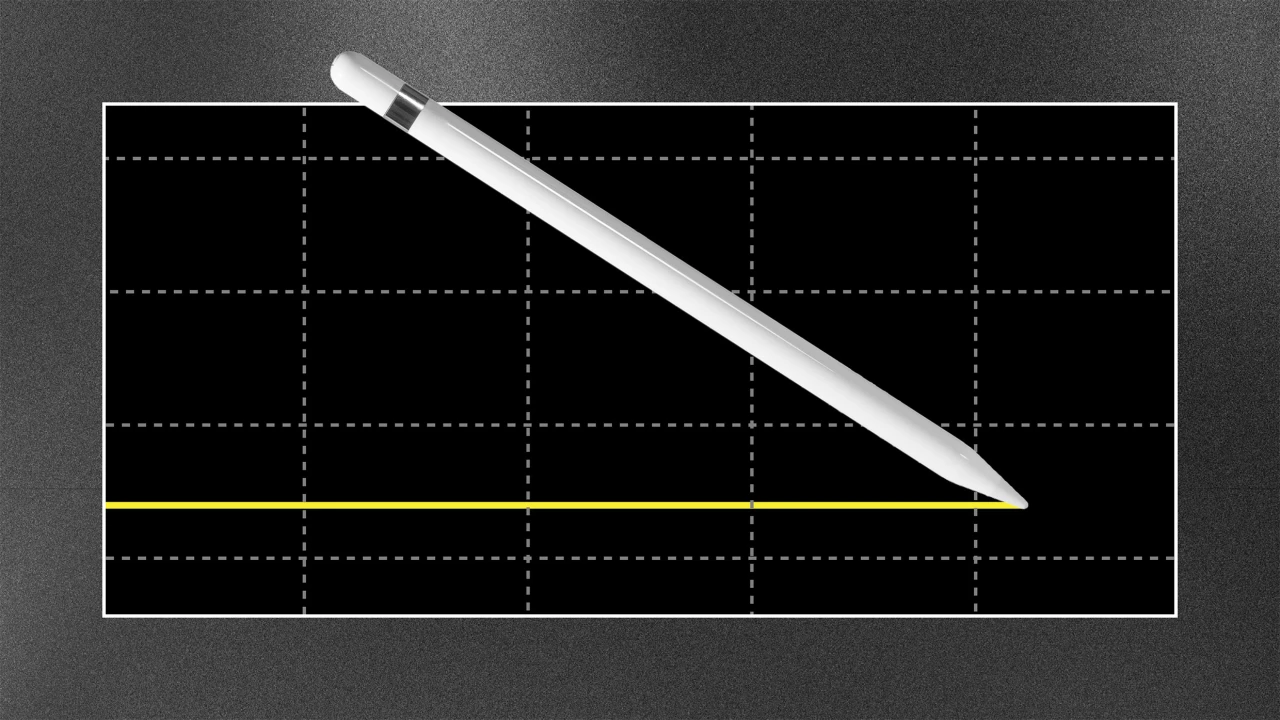
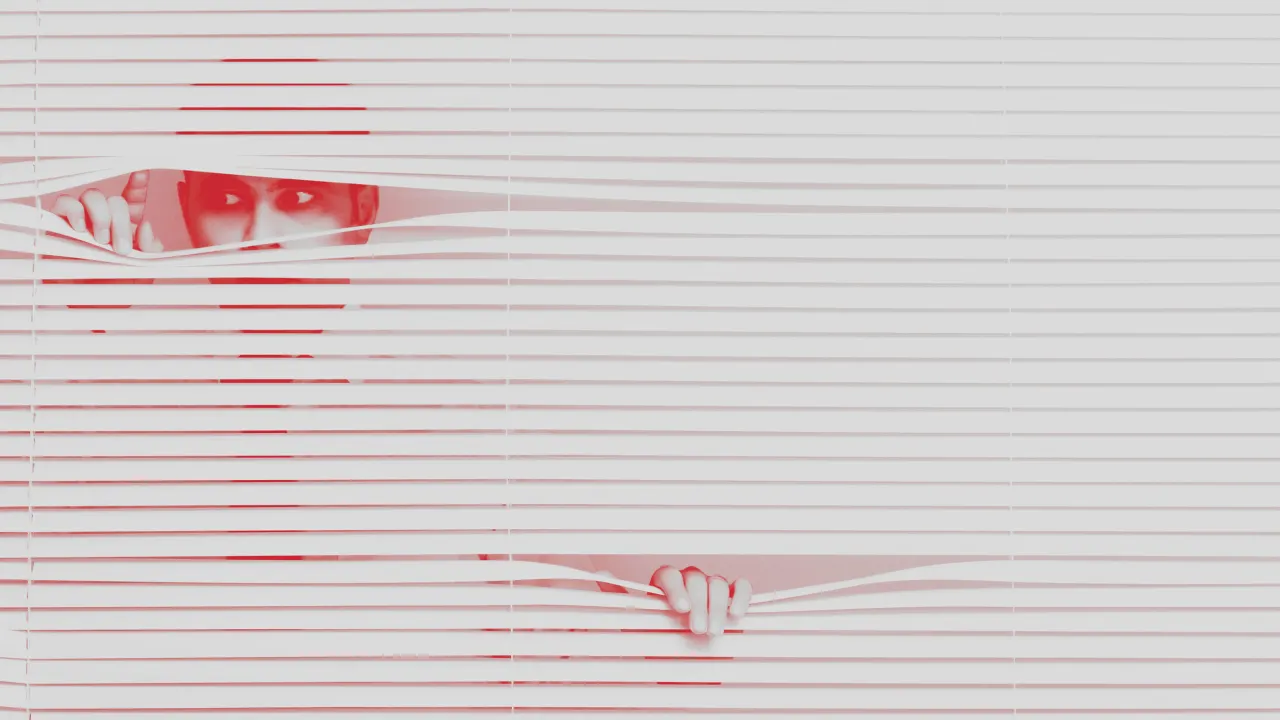






















































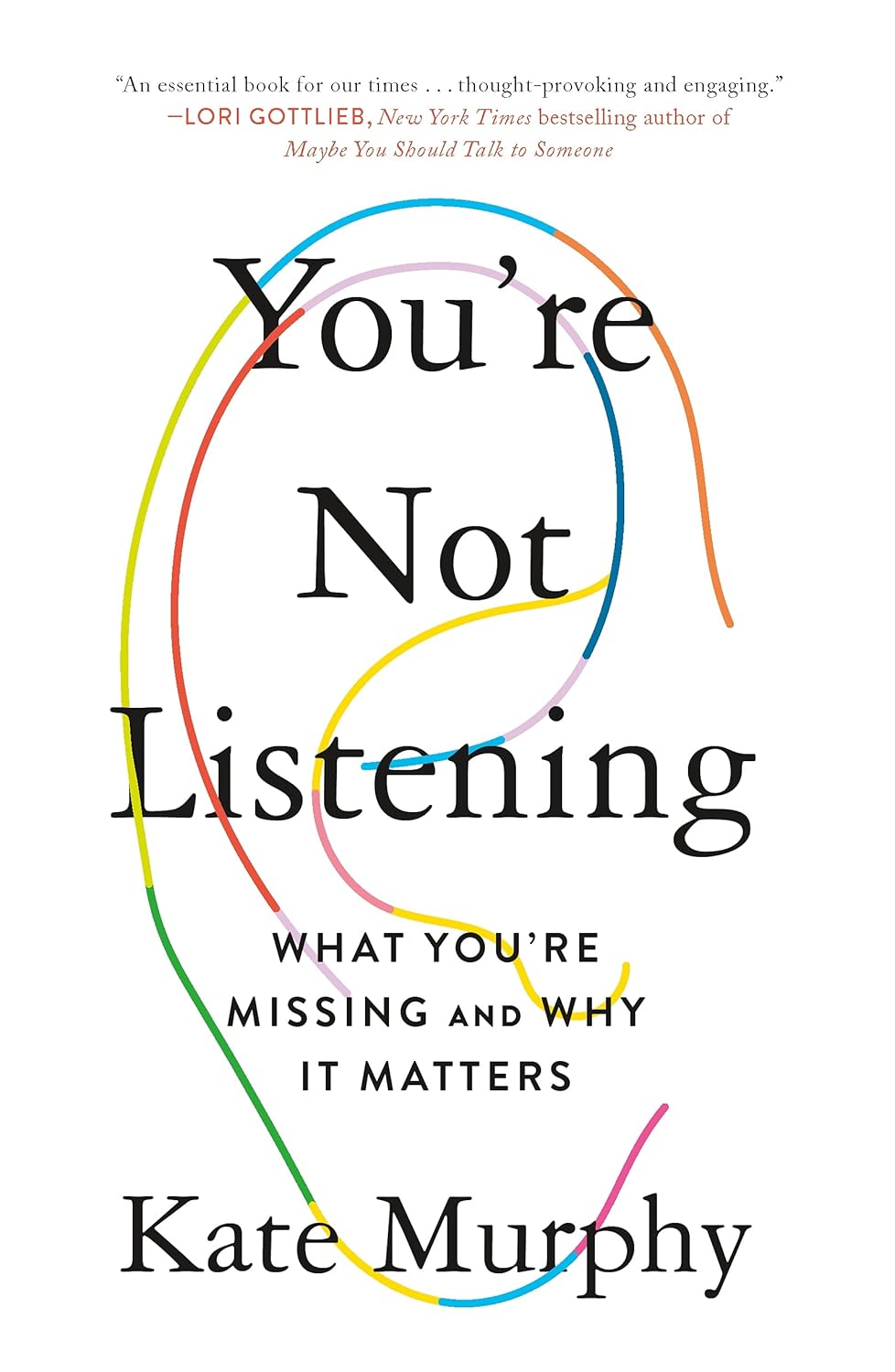




![https //g.co/recover for help [1-866-719-1006]](https://newsquo.com/uploads/images/202506/image_430x256_684949454da3e.jpg)





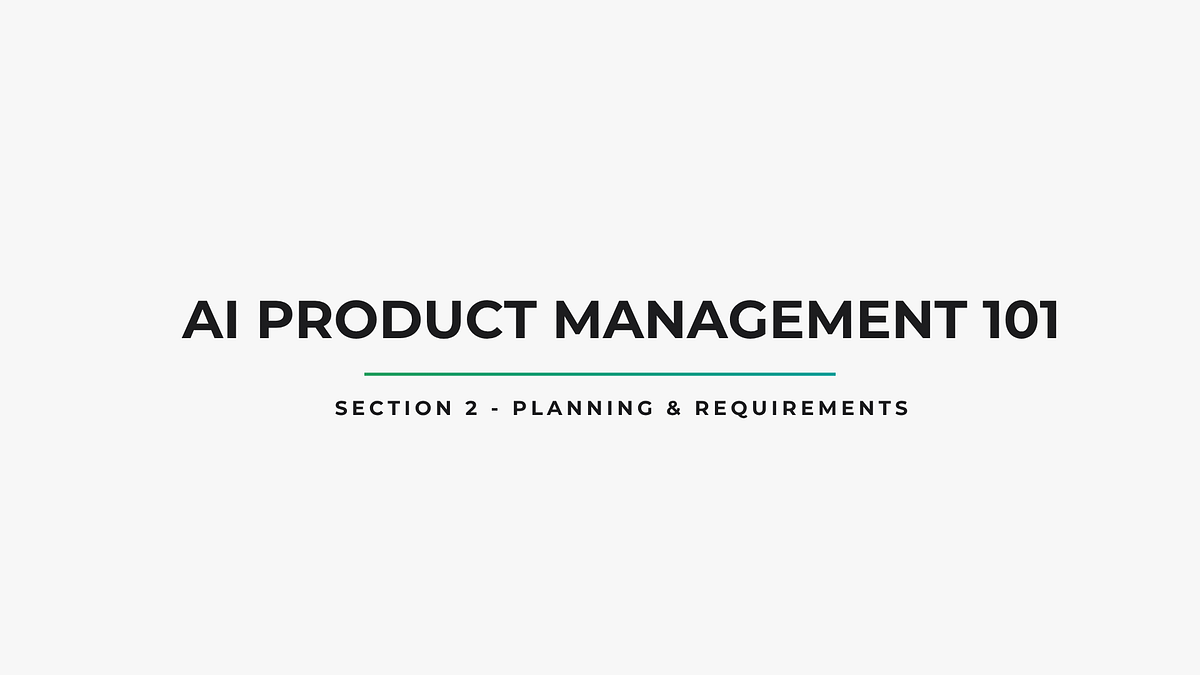
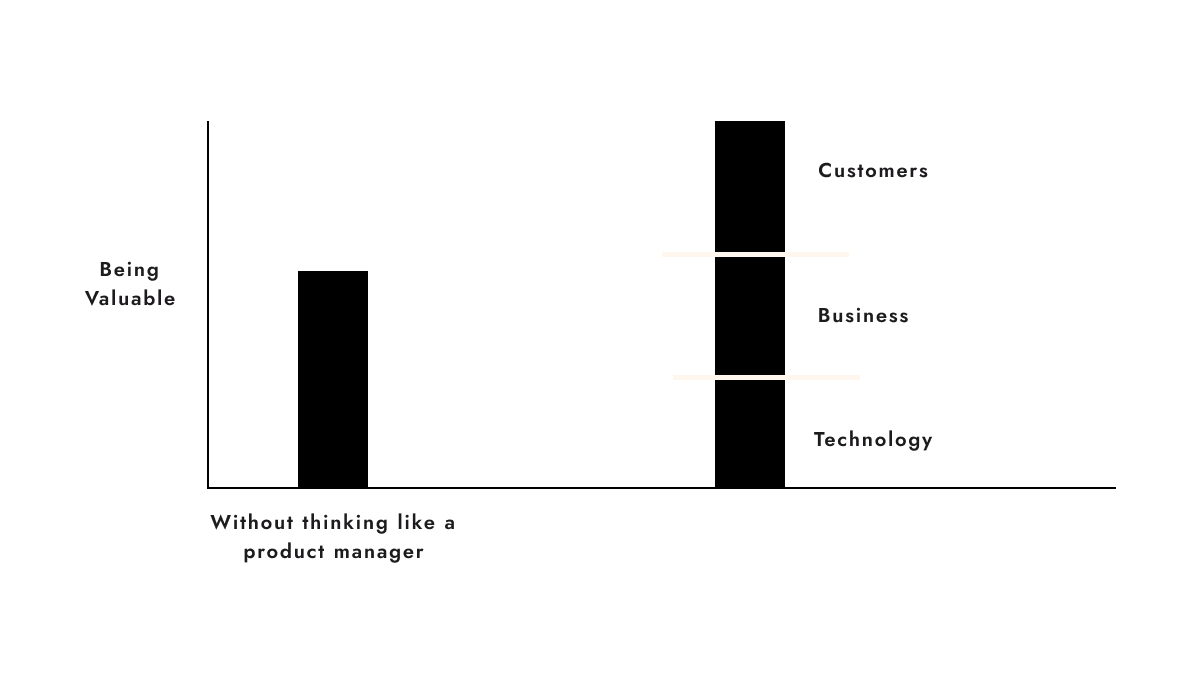
















![How Smart PMs Scale Their Careers in Any Org [TPG Live Recap]](https://tpgblog.com/wp-content/uploads/2025/06/2025-06-12-thumbnail-action.png?#)





























